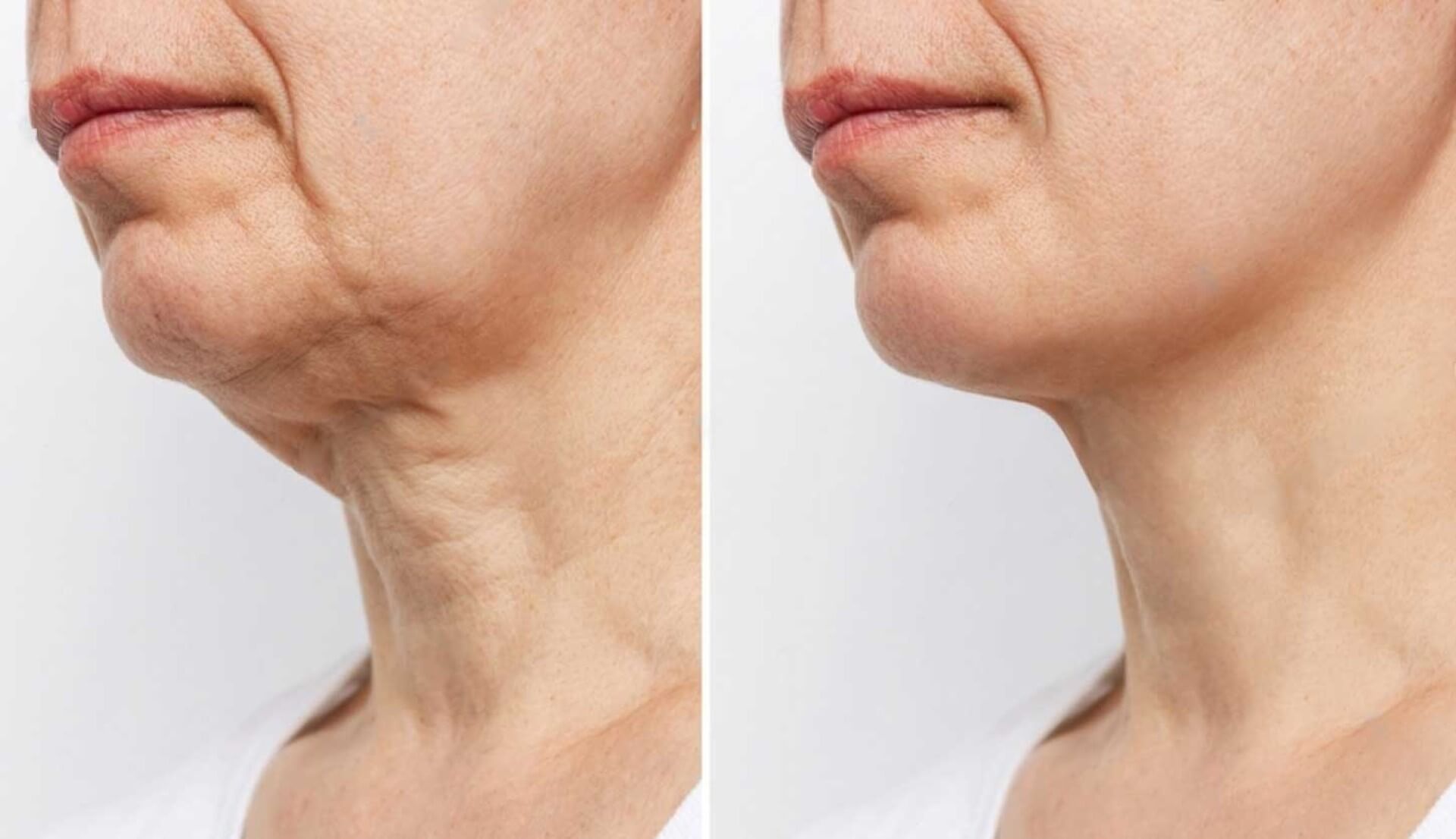A neck lift is a cosmetic surgical procedure designed to improve the appearance of the neck and jawline. It can be performed separately or in combination with other facial rejuvenation procedures such as a facelift or eyelid surgery.
The procedure is most commonly performed on men and women who are over the age of 40 and have developed sagging skin, excess fat, or vertical neck bands due to the natural aging process or weight fluctuations.
The surgeon will make incisions behind the ears and/or under the chin, depending on the specific approach being used. These incisions are typically designed to be as inconspicuous as possible and will be discussed with the patient beforehand.
Next, the surgeon will tighten the underlying muscles of the neck and jawline to create a smoother, more defined contour.
Any excess skin and fat from the neck and chin area will be removed to create a more youthful and natural-looking appearance.
Finally, the incisions are closed with sutures, and the patient may have a drainage tube inserted to help reduce swelling and bruising.
Prior to the surgery, make sure to notify your surgeon of any allergies, medical conditions, and both prescription and non-prescription medication that you are currently taking.
To prevent post-operative bleeding, it is recommended to avoid taking medication containing aspirin or ibuprofen for at least two weeks before the surgery.
Avoid smoking for at least two weeks before surgery as it could have an impact on your response to the anesthetic and potentially delay the healing process.
In case of hypertension, patients should inform their surgeon before undergoing the surgery.
Following the surgery,you will need to rest for a few days to allow the incision site to heal. The head and neck will also need to be elevated to reduce swelling.
During the first few days after the operation, you will have the usual swelling and bruising, and you may also feel tightness, tingling, burning or stiffness and numbness. These are all typical symptoms in the first weeks after surgery and should not be a cause for concern.
The surgeon will prescribe pain medication to manage any discomfort you may experience after the procedure.
Loose bandages are removed within a few days, although compression garments may need to be worn for several weeks. It is important to follow the prescribed instructions to ensure a full and proper recovery.
The most significant risks include bleeding, infection, adverse reaction to anesthesia, scarring, and nerve damage.
During a neck lift, there is a risk of nerve damage, which can lead to numbness, tingling, muscle weakness, or spasms in the face, neck, or shoulders. In most cases, any nerve damage that occurs is temporary and resolves on its own, but it might take a long time, from a few weeks up to as long as a year, and in rare cases, it may be permanent.
As with any surgical procedure, there is also a risk of blood clotting. To minimize the risk of blood clotting, surgeons may recommend compression stockings, leg exercises, and blood-thinning medications before and after surgery.
- New Me Health

